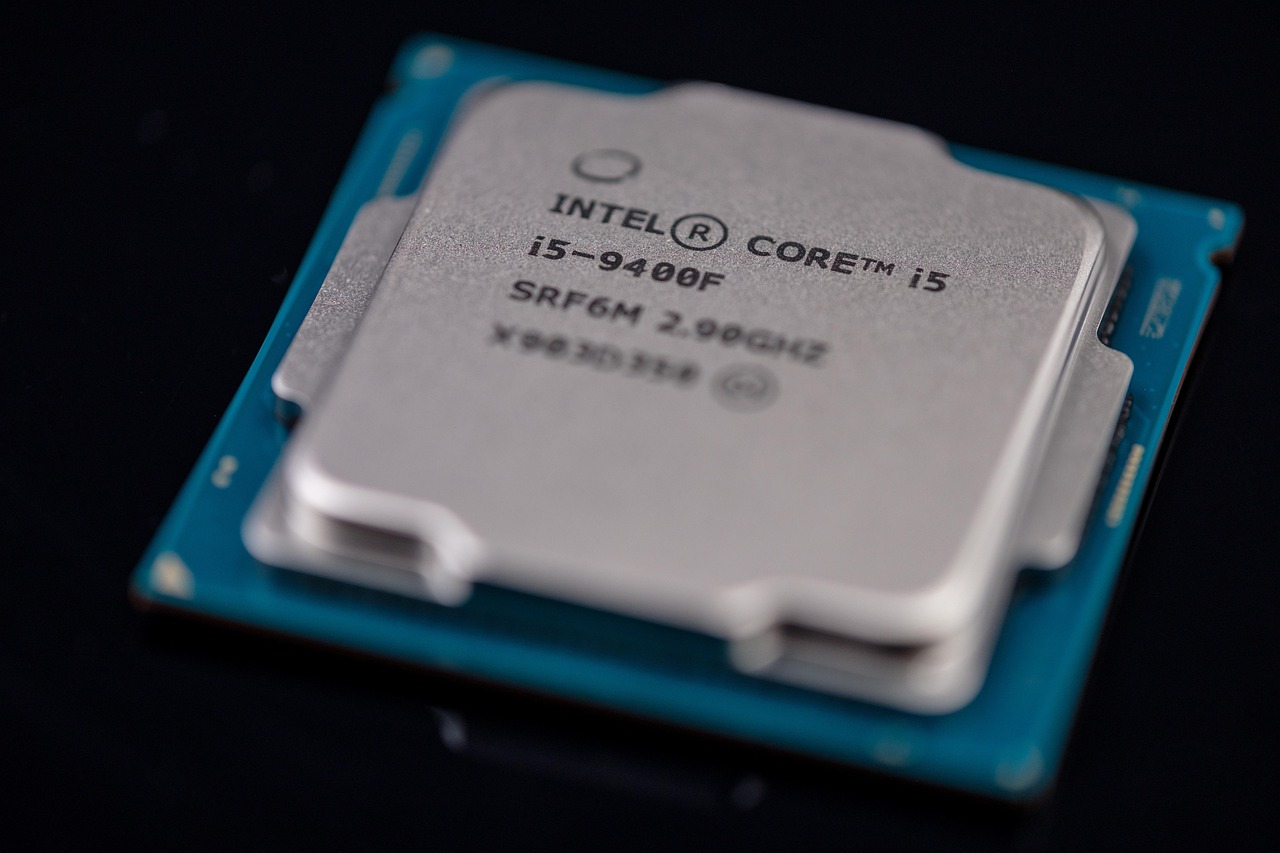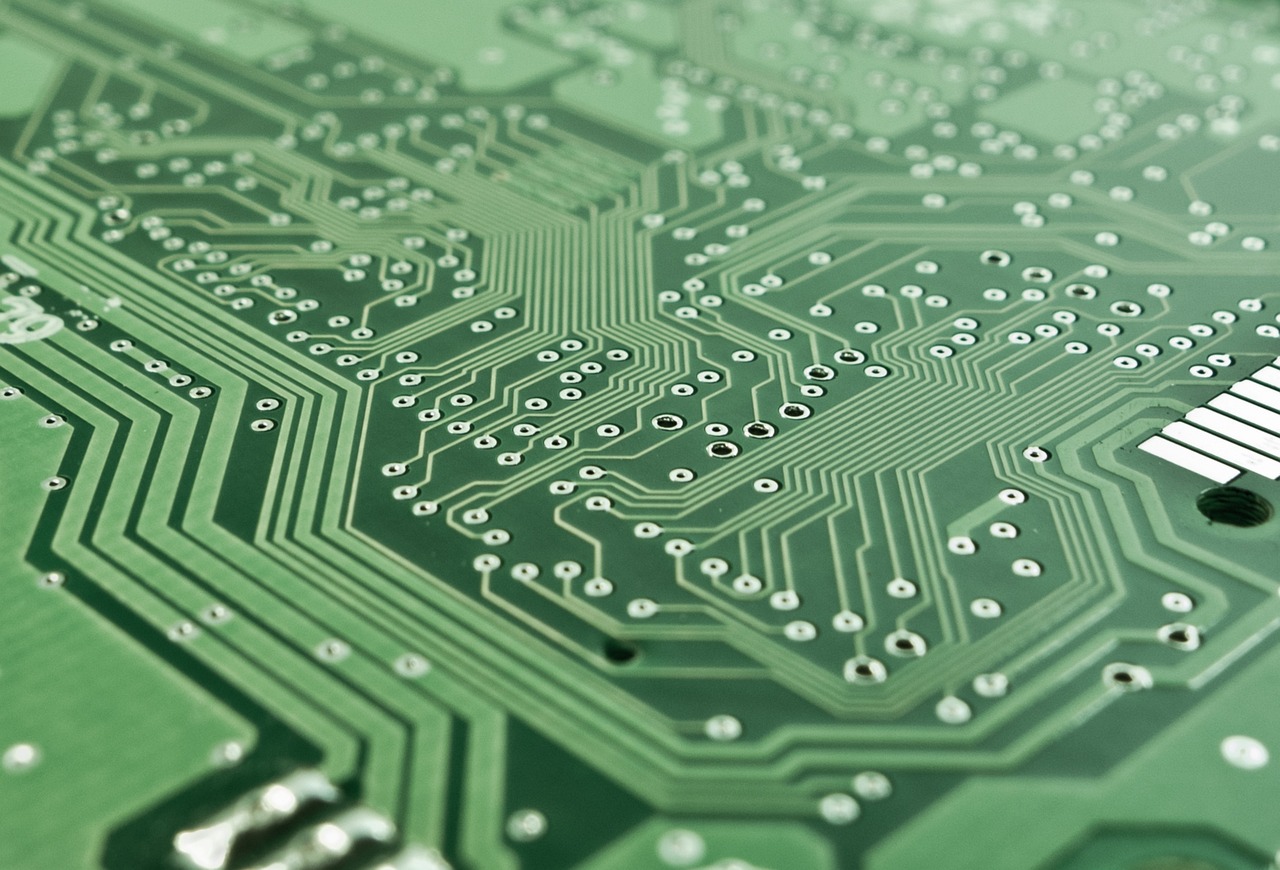Core Platforms Integrate Biometric Authentication Flows

In an era where digital security is paramount, the integration of biometric authentication has emerged as a cornerstone in safeguarding sensitive information. Core platforms across various sectors are increasingly adopting biometric solutions, enhancing both security and user convenience. This shift reflects a significant trend in the global tech landscape, where traditional passwords are gradually being replaced by more sophisticated, identity-based verification methods.
Biometric authentication refers to the use of unique biological characteristics—such as fingerprints, facial recognition, iris scans, and voice patterns—to verify an individual’s identity. The technology has gained traction due to its ability to provide a higher level of security compared to conventional passwords, which can be easily forgotten, stolen, or hacked. As a result, industries ranging from finance to healthcare are implementing biometric systems to fortify their authentication processes.
One of the primary sectors leading this integration is the financial industry. Banks and financial institutions worldwide are deploying biometric authentication to combat fraud and enhance customer experience. For example, fingerprint recognition and facial recognition are being used to secure mobile banking applications, ensuring that only authorized users can access sensitive financial data. This approach not only mitigates the risk of unauthorized access but also simplifies the login process for users.
Similarly, the healthcare sector is embracing biometrics to protect patient information and streamline administrative processes. Electronic health records (EHRs) are increasingly being secured with biometric authentication to prevent data breaches and maintain patient confidentiality. Healthcare providers are also using biometric systems to verify patient identities during check-ins, reducing the risk of medical identity theft.
The implementation of biometric authentication is not without its challenges. Privacy concerns and data protection regulations, such as the General Data Protection Regulation (GDPR) in Europe, require organizations to handle biometric data with utmost care. Ensuring that this sensitive information is securely stored and managed is crucial to maintaining public trust and compliance with legal standards.
Moreover, the integration of biometric technologies requires significant investment in infrastructure and training. Organizations must ensure that their systems are capable of accurately capturing and processing biometric data under various conditions. This includes investing in advanced sensors and algorithms that can handle diverse environmental factors, such as lighting and user movement.
Despite these challenges, the global adoption of biometric authentication continues to grow. According to a report by MarketsandMarkets, the biometric system market is projected to grow from USD 36.6 billion in 2020 to USD 68.6 billion by 2025, at a compound annual growth rate (CAGR) of 13.4%. This growth is driven by the increasing demand for secure identity management systems and the rising need for seamless authentication processes.
Looking forward, the integration of biometric authentication is expected to expand beyond traditional sectors. Emerging technologies such as the Internet of Things (IoT) and smart cities are poised to leverage biometrics for enhanced security and user interaction. As devices become more interconnected, biometric authentication will play a crucial role in ensuring that only authorized users can access and control these systems.
In conclusion, the integration of biometric authentication flows into core platforms marks a significant advancement in digital security. By providing a robust and user-friendly alternative to traditional passwords, biometrics offer a promising solution to the growing challenges of identity theft and data breaches. As technology continues to evolve, the adoption of biometric systems is likely to become even more prevalent, shaping the future of secure digital interactions.














